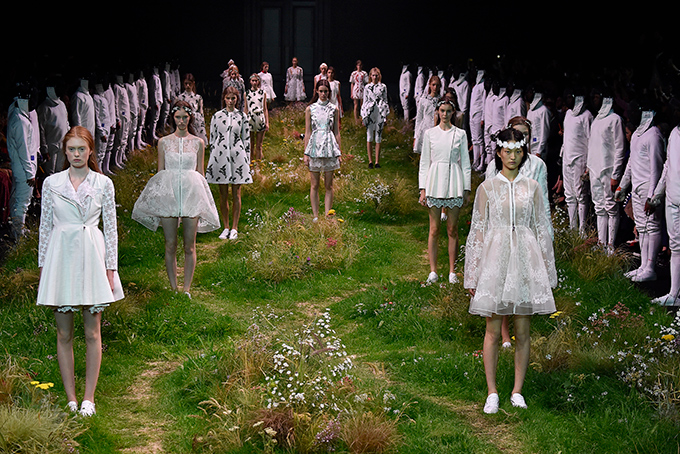nordic-circus.org – In the ever-evolving landscape of fashion, the traditional runway show has transformed from a mere presentation of clothing into an immersive experience that captivates all the senses. Designers and brands are increasingly recognizing the power of storytelling and theatricality to create a memorable journey for their audience, turning fashion shows into a form of escapism that transcends the ordinary. This evolution has not only redefined the fashion show as a spectacle but has also elevated it to an art form, where the boundaries between fashion, entertainment, and art are blurred.
The Art of Storytelling
At the heart of creating an immersive fashion show is the art of storytelling. Designers use the runway as a canvas to narrate stories that reflect their brand’s identity, the collection’s inspiration, or a broader message they wish to convey. Through meticulous set design, lighting, music, and even the choice of venue, these stories are brought to life, enveloping the audience in a world crafted by the designer. This narrative approach engages the audience on a deeper level, making the fashion show an emotional and intellectual experience rather than just a visual one.
Sensory Overload
Immersive fashion shows are designed to stimulate all the senses, creating a multi-dimensional experience that goes beyond the visual impact of the clothing. The use of innovative materials, textures, and colors is complemented by the sensory elements of sound, smell, and touch. From the thumping beats of a live DJ to the scent of flowers adorning the runway, every detail is carefully orchestrated to enhance the overall experience. Some shows have even incorporated edible elements or tactile installations, inviting the audience to engage with the show on a physical level.
The Role of Technology
Technology has played a pivotal role in the evolution of fashion shows as immersive experiences. From 3D projections and augmented reality to drones and holograms, designers have embraced tech to create awe-inspiring spectacles that would have been impossible a few years ago. These technological advancements not only add to the visual spectacle but also allow for greater audience participation and interaction, making the experience more engaging and memorable.
The Great Escape
In a world where digital consumption is at an all-time high and the lines between the virtual and the real are increasingly blurred, fashion shows offer a tangible escape. They provide a momentary respite from the mundane, transporting attendees to a world where fantasy and reality merge. This escape is not just a visual one but an emotional journey that resonates long after the last model has walked the runway.
Conclusion
Fashion shows as immersive experiences represent a shift in how designers communicate with their audience. By creating a multi-sensory journey that tells a story, designers are not just showing clothes; they are inviting the audience into their world, sharing their vision, and creating a lasting memory. In a time when the desire for connection and escape is more pronounced than ever, fashion shows have the power to transport us to new realms, offering a great escape from the everyday.
